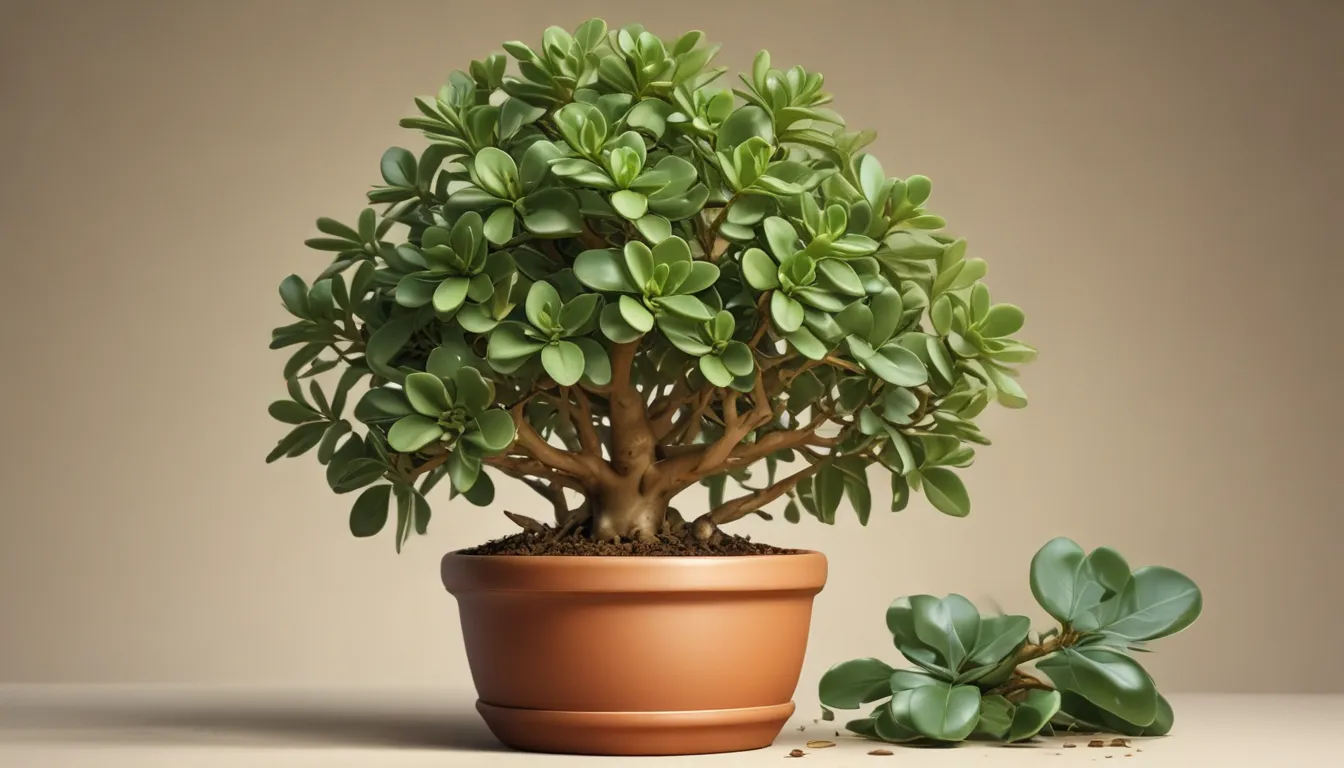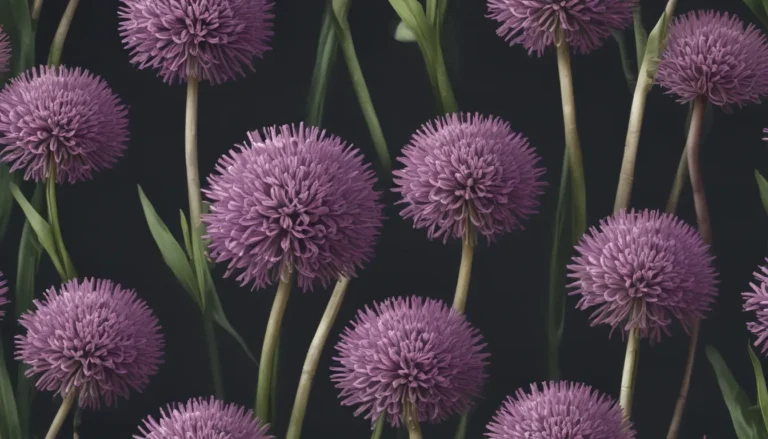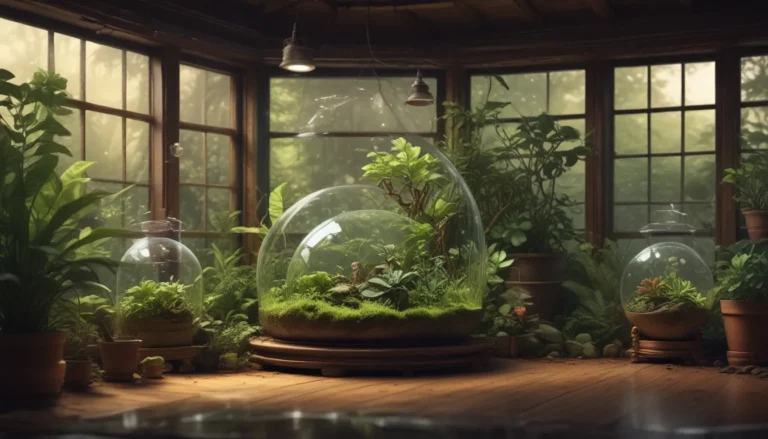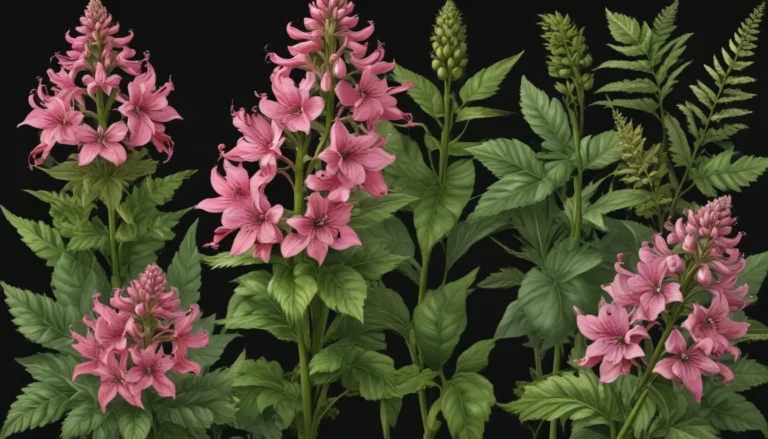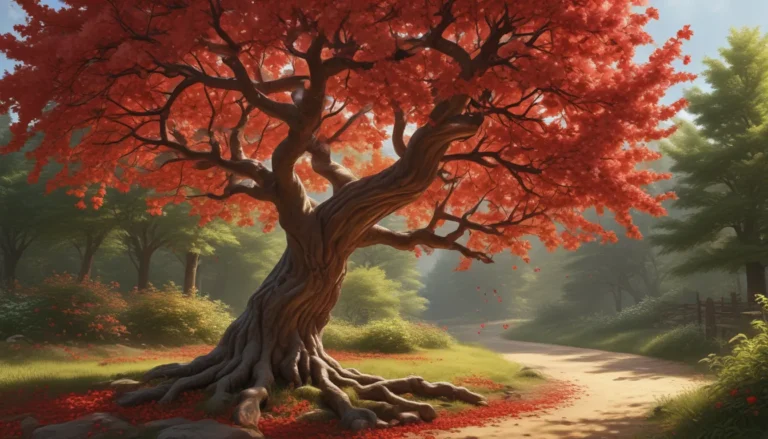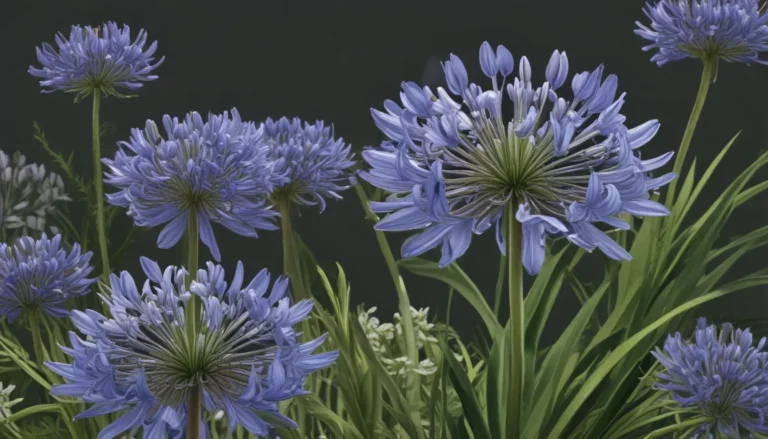The pictures we use in our articles might not show exactly what the words say. We choose these pictures to make you interested in reading more. The pictures work together with the words but don’t take their place. The words still tell you the important facts.
Do you want to add a touch of greenery and positivity to your space? Look no further than the Jade Plant, also known as Crassula ovata. This fascinating succulent is not only a beautiful addition to any home but also brings good fortune and positive energy. Originating from South Africa, the Jade Plant has gained popularity worldwide due to its ability to thrive in various environments and its low-maintenance nature. Let's embark on a journey to uncover nine extraordinary facts about the Jade Plant that will deepen your appreciation for this wonderful plant.
Key Takeaways:
- The Jade Plant symbolizes prosperity and good luck, making it a favorite among plant enthusiasts.
- As a low-maintenance houseplant, the Jade Plant is perfect for beginners and busy individuals.
- Native to South Africa, the Jade Plant has medicinal uses and is considered a Feng Shui plant.
- The plant's leaves store water, allowing it to survive in dry conditions.
- With proper care, the Jade Plant can live for several decades and be easily propagated.
- Keep in mind that the Jade Plant is toxic to pets if ingested.
The Jade Plant: A Symbol of Prosperity and Good Luck
The Jade Plant is not just a pretty face – it is also believed to bring good luck, prosperity, and fortune to those who own it. This succulent is often associated with financial success and is commonly placed near entrances or in business establishments to attract wealth. Adding a Jade Plant to your space not only enhances the aesthetics but also invites positive energy and good fortune.
Minimal Care, Maximum Beauty
One of the most appealing features of the Jade Plant is its low-maintenance nature. This succulent thrives in conditions with minimal care, making it an ideal choice for plant enthusiasts of all levels. From its tolerance to drought to its ability to adapt to different light conditions, the Jade Plant is a resilient and versatile houseplant that can survive with little intervention.
Water-Storing Leaves
The thick, fleshy leaves of the Jade Plant serve as water storage units, allowing the plant to withstand dry periods without issue. These jade green leaves, with their glossy appearance and oval shape, add to the plant's visual appeal. As the Jade Plant receives ample water, the leaves become plump and vibrant, creating a beautiful display of natural art.
Embracing Its South African Roots
Originating from the Eastern Cape of South Africa, the Jade Plant is well-suited to arid climates and rocky, dry regions. Its adaptation to harsh conditions in its natural habitat has contributed to its resilience and longevity as a houseplant. By understanding its South African origins, we can appreciate the Jade Plant's ability to thrive in various environments.
A Plant That Stands the Test of Time
With proper care and maintenance, the Jade Plant can live for several decades, with some specimens surpassing the century mark. This impressive longevity adds to the desirability of the Jade Plant as an indoor companion. Its ability to withstand the test of time makes it a valuable addition to any plant collection.
Harnessing the Power of Feng Shui
In Feng Shui, the Jade Plant holds significant importance for attracting good fortune and prosperity. Placing a Jade Plant in the southeastern part of a home or office is believed to bring wealth and growth. The rounded leaves of the plant symbolize prosperity, making it a popular choice among Feng Shui practitioners seeking positive energy in their environment.
Easy Propagation for Plant Enthusiasts
One of the remarkable characteristics of the Jade Plant is its ease of propagation. By simply taking a stem cutting and planting it in well-draining soil, you can create a new plant with minimal effort. Whether you want to share the joy of gardening with friends and family or expand your indoor garden collection, the Jade Plant's propagation process is simple and rewarding.
Toxicity Warning: Keep Away from Pets
While the Jade Plant exudes beauty and resilience, it is crucial to keep it out of reach of pets, especially cats and dogs. The plant's leaves and stems contain compounds that can be toxic if ingested by animals, leading to symptoms such as vomiting and lethargy. To ensure the safety of your furry companions, place the Jade Plant in a location where they cannot access it.
Medicinal Uses of the Jade Plant
Traditionally, the Jade Plant has been utilized in herbal medicine for its therapeutic properties. Some cultures believe that applying the plant's sap to wounds can promote healing. However, it is essential to consult with a healthcare professional before using any plant for medicinal purposes. The Jade Plant's healing properties add another layer of fascination to its already impressive attributes.
FAQs:
- How often should I water my Jade Plant?
-
Water your Jade Plant thoroughly when the top inch of soil feels dry to the touch. Avoid overwatering to prevent root rot.
-
Can I place my Jade Plant in direct sunlight?
-
Jade Plants thrive in bright, indirect sunlight but can tolerate some direct sunlight. Provide shade during the hottest part of the day to prevent leaf scorching.
-
How often should I fertilize my Jade Plant?
-
During the growing season, fertilize your Jade Plant monthly with a diluted, balanced, water-soluble fertilizer. Reduce frequency to every two to three months in cooler months.
-
Can I propagate my Jade Plant?
-
Yes, Jade Plants are relatively easy to propagate using stem or leaf cuttings. Ensure the cuttings callus before planting them in well-draining soil.
-
Why is my Jade Plant losing leaves?
-
Leaf loss in Jade Plants may be due to overwatering, underwatering, or insufficient light. Adjust your watering schedule and ensure adequate sunlight for healthy growth.
-
Can I grow my Jade Plant outdoors?
-
Jade Plants can thrive outdoors in temperate climates with partial shade and well-draining soil. Protect the plant from extreme temperatures for optimal growth.
-
Are Jade Plants toxic to pets?
-
Yes, Jade Plants are toxic to pets if ingested. Keep them out of reach of curious animals or opt for pet-friendly plants to ensure pet safety.
-
How big can a Jade Plant grow?
-
A healthy Jade Plant can reach up to 3 feet in height with proper care. Regular pruning can help control growth for indoor cultivation.
-
Can I bonsai my Jade Plant?
- Yes, Jade Plants are ideal for bonsai cultivation due to their pliable branches and compact growth. Patience and maintenance are key to successful Jade Plant bonsai cultivation.
Continue Your Succulent Journey
The Jade Plant is a true gem in the world of houseplants, offering beauty, resilience, and positive energy. If you found these facts about the Jade Plant captivating, you might also enjoy exploring the world of Crassula plants. These stunning succulents boast their own set of astonishing qualities that are sure to pique the interest of any plant lover. Embrace the enchanting world of succulents and unlock the secrets of these extraordinary plants.
Explore and Learn with Confidence
At our core, we are committed to delivering trustworthy and engaging content that enriches your knowledge and curiosity. Each fact we share is contributed by real users like you, ensuring a diverse range of insights and information. Our dedicated editors meticulously review each submission to uphold the highest standards of accuracy and reliability. Trust in our commitment to quality and authenticity as you embark on a journey of exploration and learning with us. Happy gardening!
